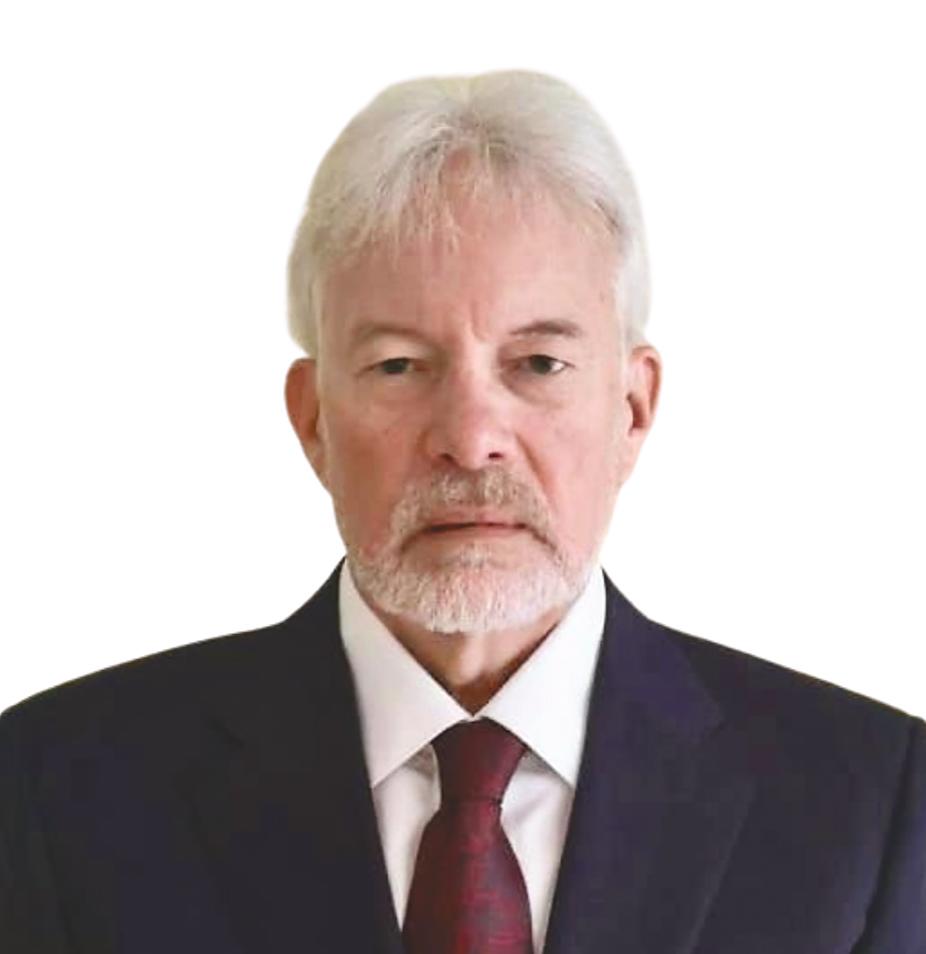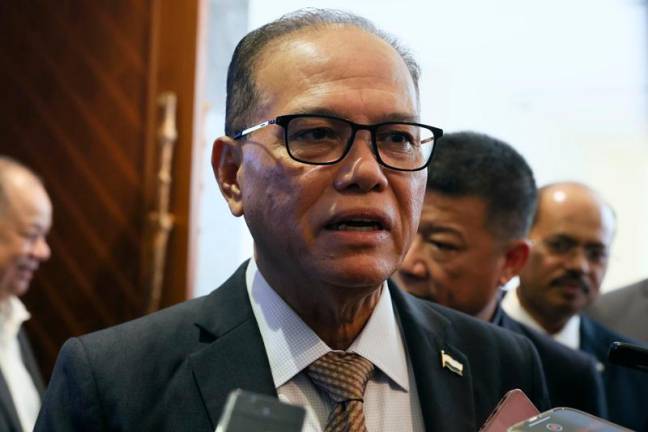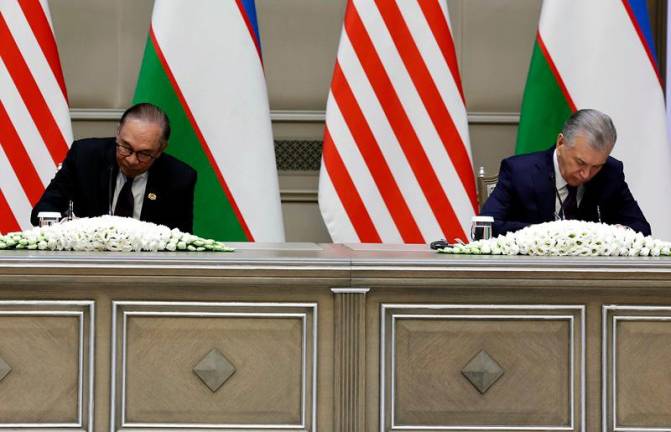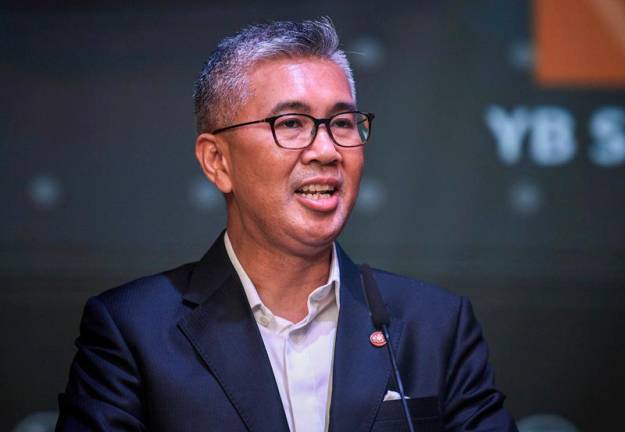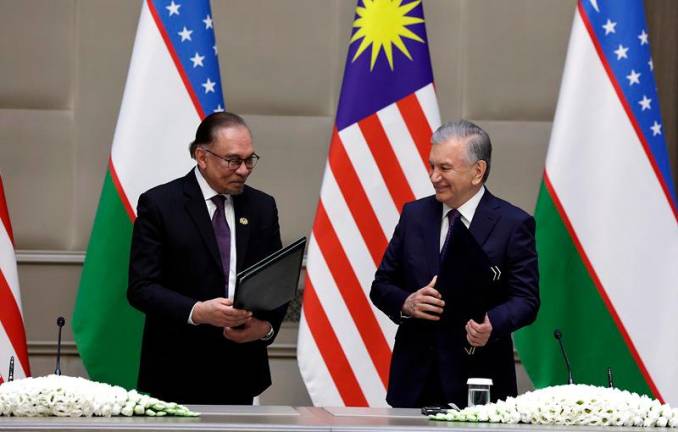PETALING JAYA: Pengerang Energy Complex Sdn Bhd (PECSB) is targeting the Chinese market once its facility in Johor is fully operational in 2026, due to strong demand for petrochemical products in the synthetic fibre industry, said CEO Alwyn Bowden (pix).
The Pengerang Energy Complex (PEC) is set to be one of the largest and most competitive integrated condensate splitter and aromatics facilities in the world. PECSB will own and operate the PEC, which is located in the Pengerang Integrated Petroleum Complex. Construction of the PEC is slated to begin in the fourth quarter of this year, and it will be an export facility.
Bowden said there is high demand for synthetic fibres in China and although demand in other markets is growing, it still has not reached anything similar to China’s level.
He said demand for synthetic fibres is growing by around 4% every year. For the Chinese market, although it has its own (petrochemical) plants and its new capacity for producing aromatics has grown, it has “never reached its total requirement” and there will always remain a strong demand due to its sizeable import requirement, which the company expects to supply.
He hopes that demand for paraxylene will grow in Southeast Asian markets such as Thailand, Indonesia and even Malaysia, or India, but until that point, China will be its main target.
“The major market will be within the region, within Asia but (for) our core product the paraxylene, we anticipate that soon in the early years, the bulk of it will go to China,” Bowden told SunBiz in an interview.
The 6.5-million-tonne per annum (mtpa) PEC facility will have a processing capacity of 150,000 barrels per day of condensate plus side feed of naphtha, that will in turn produce aromatics of 2.3 million tonnes per annum (mmtpa), energy products output of 3.9 mmtpa and hydrogen output of 50,000 mtpa. The condensate splitter will produce heavy naphtha, a primary feedstock for the aromatics plant, and hydrogen produced is planned to be used to develop downstream renewable fuels facilities in Johor.
Bowden said: “The objective is to be a significant player in markets which we know have a long-term future in Southeast Asia and the PEC is an aromatics plant. The aromatics will largely go into paraxylene, that’s our target and paraxylene is the base for synthetic fibres and also for cables and things like that. The demand for those products is something that keeps rising around the world.
“Also, we see that in the future, there will be moves around Southeast Asia to establish its own capability in its downstream products and by being located where we are, we can access any of those markets as they go. It’s like a central point because our plant requires feedstocks which come from the USA, from the Middle East, from Australia and our products go to China and to Southeast Asia and some to Australia potentially. So it is the ideal point of contact between both of those needs,” he added.
Last year, the company awarded Honeywell UOP a technology licensing contract for the project, whereby PEC will utilise the latter’s latest generation LD Parex technology.
“This facility will be much more energy efficient, so we’ll reduce energy costs by around 20% from previous facilities, and we’ll also reduce capex and the technology also allows us to convert a greater percentage of our feedstock into aromatics than was previously achievable, so that would put us as the most competitive of all these kind of facilities by the time we go into operation,” Bowden said.
On its market share, he estimates that once the company goes into operation, it will be 2% of the world’s capacity of paraxylene production.
In terms of revenue, Bowden estimates that once operational, PEC would generate an annual export turnover of US$5 billion (RM22.04 billion).
According to Fortune Business Insights, the global petrochemicals market is projected to grow from US$582.4 billion (RM2.5 trillion) in 2021 to US$888.3 billion in 2028 at a compound annual growth rate of 6.2% in the forecast period of 2021-2028. The increase is attributed to market demand and growth, which is expected to return to pre-pandemic levels once it is over.



